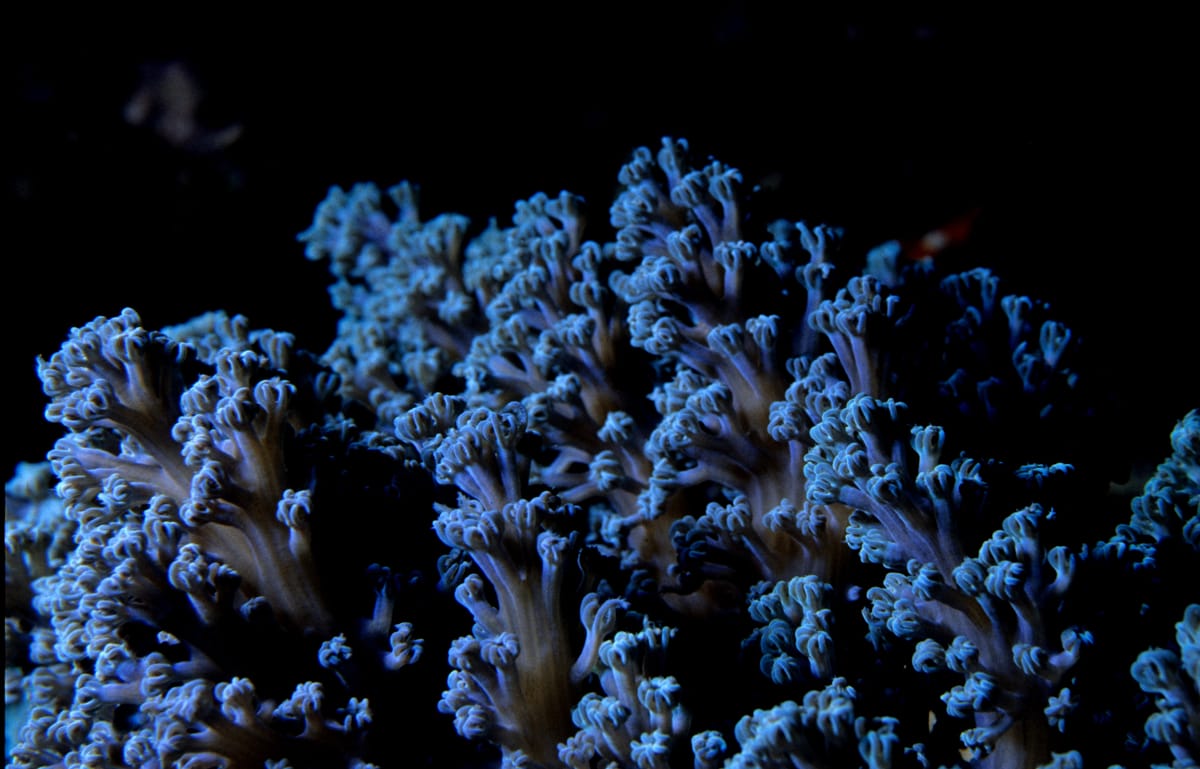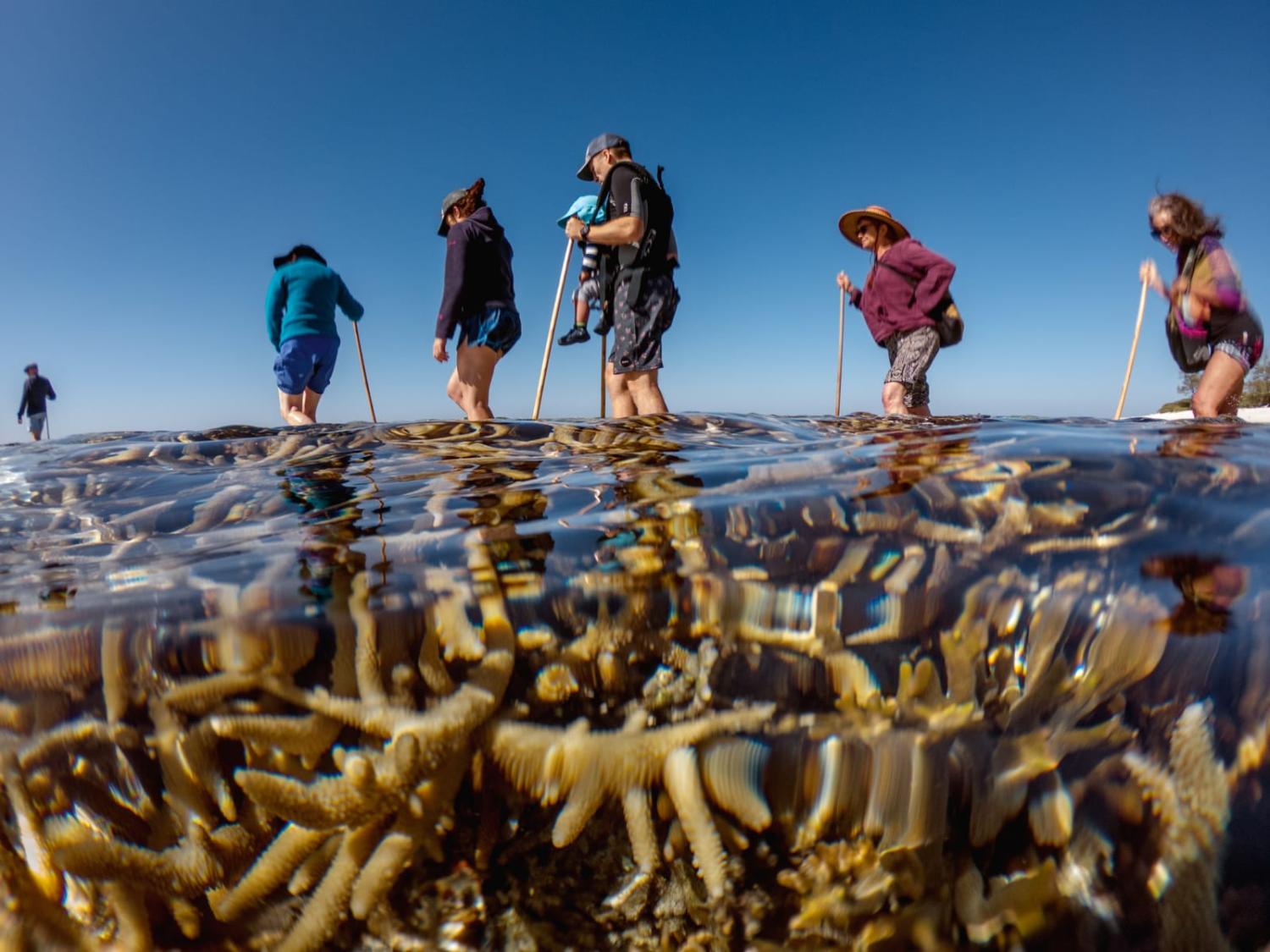It’s a long way from the ancient Abu Simbel temples in Egypt to Australia’s Great Barrier Reef – literally and figuratively. The former is a majestic collection of giant rock carvings in the Nubia region along the River Nile dating back to the 13th century BC, featuring colossal regal figures with unseeing eyes towering over visitors. The latter is an underwater metropolis teeming with tiny life: corals, molluscs, sponges, anemones, marine worms and crustaceans.
But the two sites have something in common.
The temples and the reef have both been subject to international efforts to preserve their heritage in the face of existential threats. In the case of the temples, the threat was imminent flooding caused by the building of the Aswan Dam in the 1960s. In a feat of engineering and international cooperation, the temples were relocated to higher ground and this archaeological treasure was saved. The campaign was so successful that it gave rise to the UNESCO World Heritage Convention adopted in 1972.
Half a century later, in the case of the reef, the main threat is not a dam but climate change. The fate of the reef’s heritage listing was debated by the World Heritage Committee at its meeting in Riyadh last month, leaving questions about whether this high profile intergovernmental mechanism is equipped to tackle a problem such as global warming.
To understand these challenges, it’s helpful to delve a bit deeper into the origin story of UNESCO and its World Heritage List. UNESCO is a product of the liberal idealism ascendent in the aftermath of the Second World War. It was established in 1945 with a mission to prevent future wars by fostering mutual appreciation and understanding through cooperative efforts in culture, science and education. With the widespread destruction of the war still fresh in the public memory, UNESCO set out to create ways to preserve important objects and artefacts. The Nubian Campaign to save the Abu Simbel temples became “a defining example of international solidarity” and UNESCO sought to replicate this success elsewhere. Thus, the World Heritage Convention was born. Cultural or natural sites with “outstanding universal value” could be added to the list. Listed sites which then were deemed at risk of damage or destruction could be listed as “in danger”.
The program has had several environmental successes. Ecuador improved the health of the Galápagos Islands, which had suffered from the effects of invasive species, tourism and over-fishing. Belize restored crucial mangrove coverage on its Barrier Reef Reserve and introduced a moratorium on nearby oil exploration. And Côte d’Ivoire established ecological monitoring and management in Comoé National Park, which had suffered from poaching and overgrazing.

However, climate change – the most serious threat affecting the Great Barrier Reef today – is a problem that confounds the original World Heritage model. It is unlike threats such as mangrove clearing, over-fishing and poaching, or the dam-induced flooding that threatened the Abu Simbel temples all those years ago. These are all site-specific problems with site-specific solutions that can be solved in relatively short timespans.
Sites affected by climate change cannot be resolved solely at the local level. No country, no matter how resolute its determination or how deep its pockets, can solve climate change alone. And even with international cooperation to mitigate the effects of climate change, progress is slow and any gains will be diffuse, and not specific to one geographical area.
There are now questions about how UNESCO should deal with climate change-affected World Heritage sites. Should communities and nations suffer a drop in their tourism or marketing opportunities because of a failure of international cooperation to address global warming? Is it fair for a site to wear the perceived stigma of an in-danger listing when climate change is a collective problem, unable to be solved by an individual nation? Conversely, what is the point of a site retaining its World Heritage crown if the site is so degraded by climate change as to be spoiled?
Such questions go well beyond the Great Barrier Reef. As the Australian Academy of Science has pointed out, it will be impossible for many World Heritage sites to maintain the “outstanding universal value” for which they were inscribed on the list, even if effective adaptation and on-site mitigation strategies are applied.
Despite four coral bleaching events since 2016, the Great Barrier Reef is still beautiful. Its huge and vibrant mass, visible from space, holds the greatest biodiversity of any World Heritage site. But the threat posed by global warming is undeniable. Like the Abu Simbel temples in the 1960s, its future is grave. But, unlike then, there is no international rescue mission able to swoop in and have a direct remedial impact. The outcome of the committee meeting in Riyadh was that Australia is taking enough steps to combat climate change to avoid an in-danger listing for now. This might be good news for Australia’s prestige, tourism and international standing. But it is cold comfort to warming corals.

